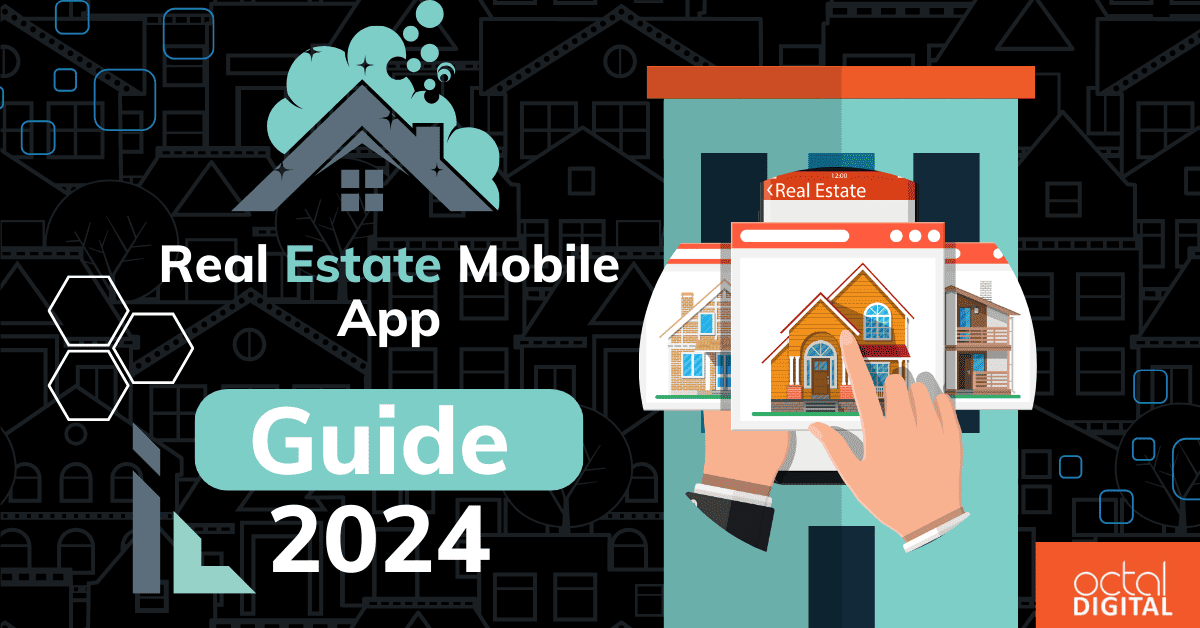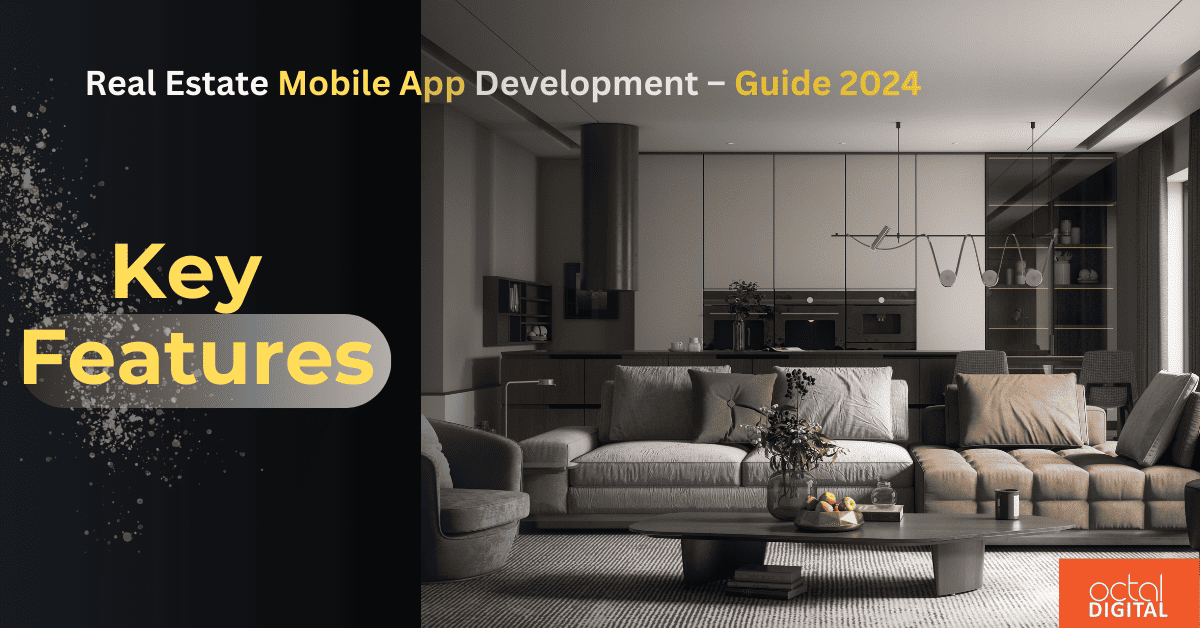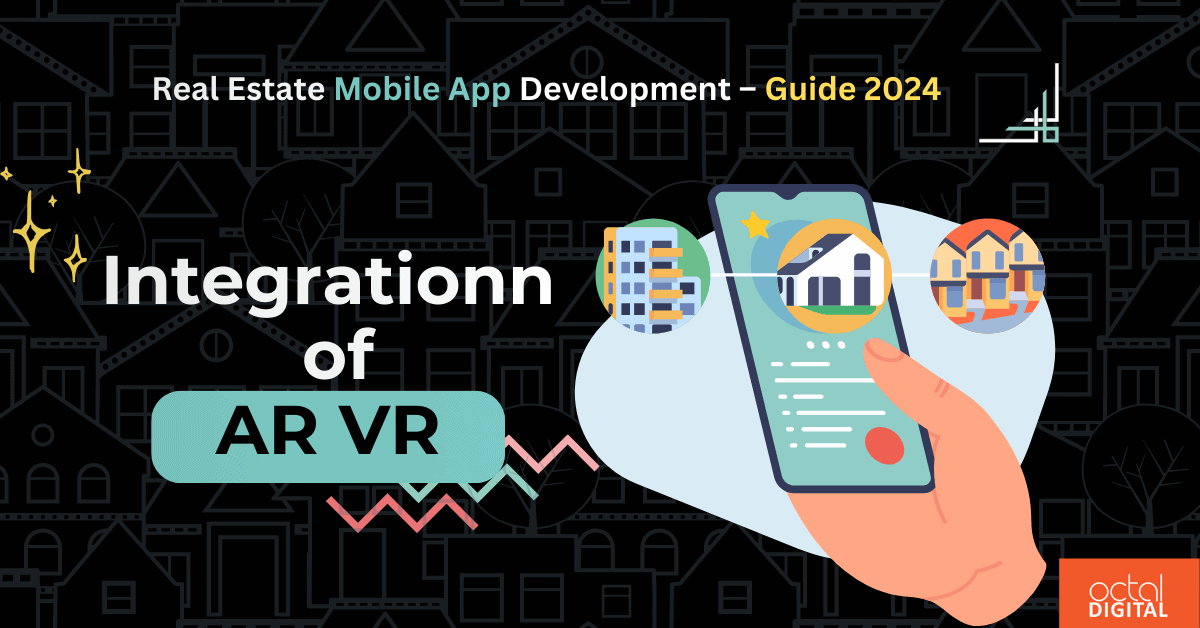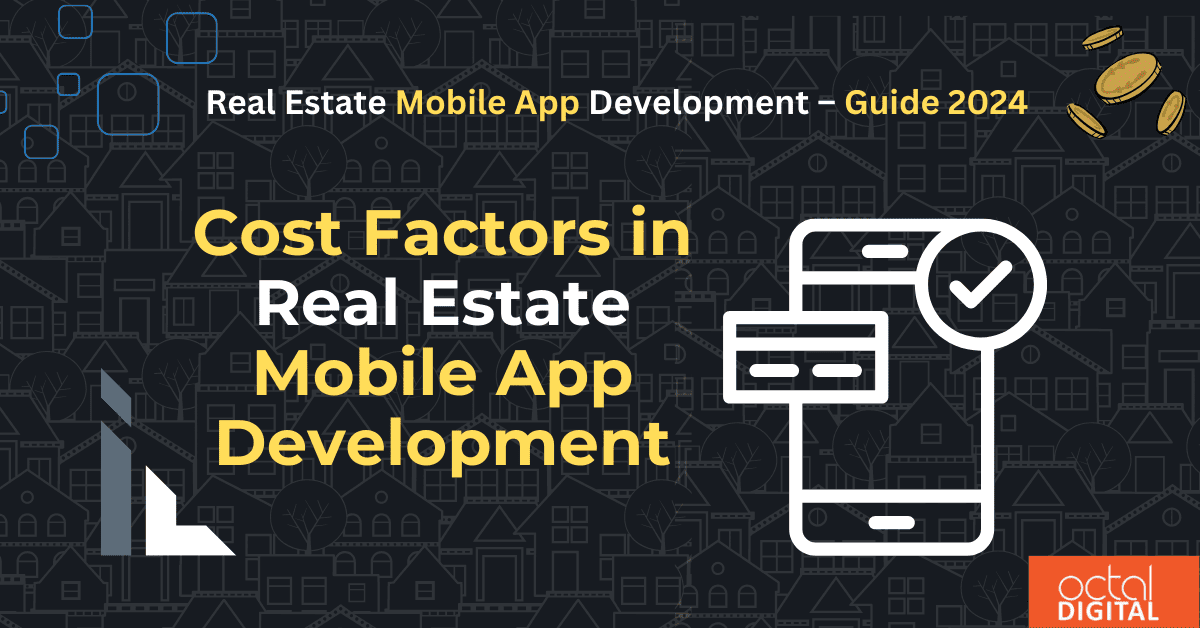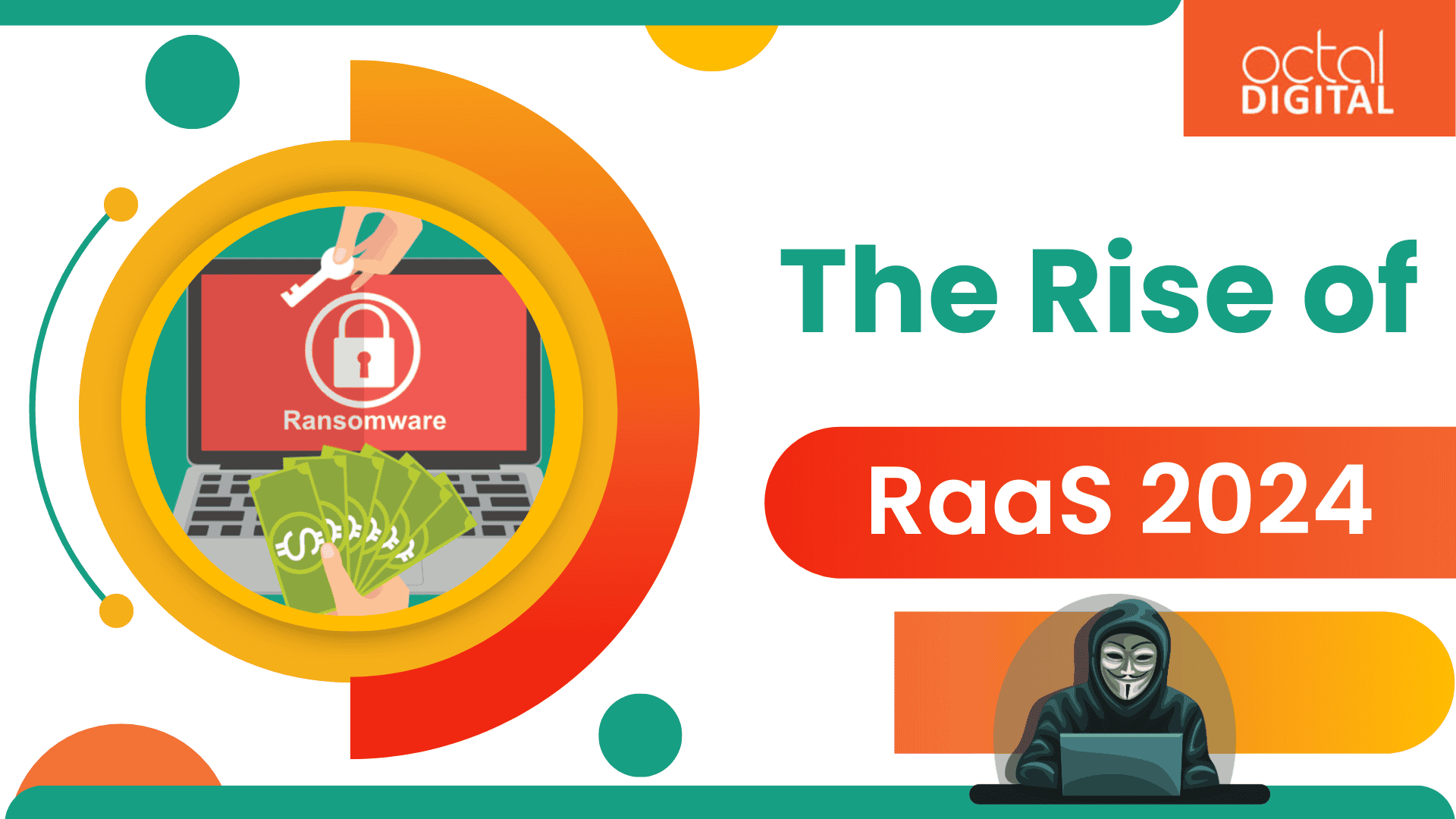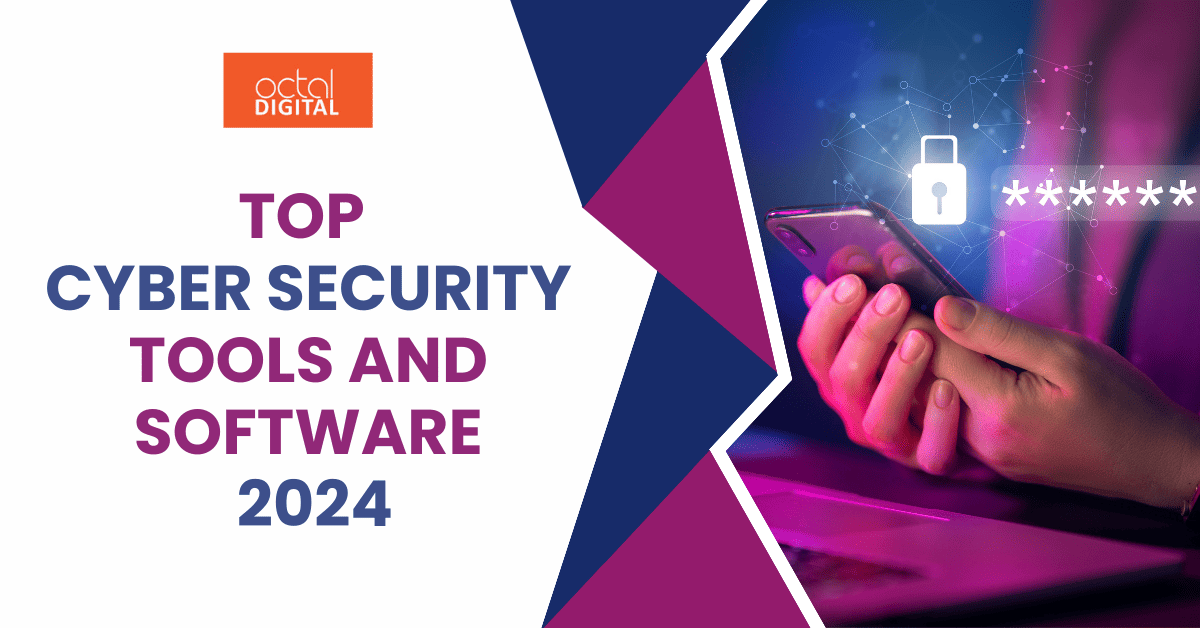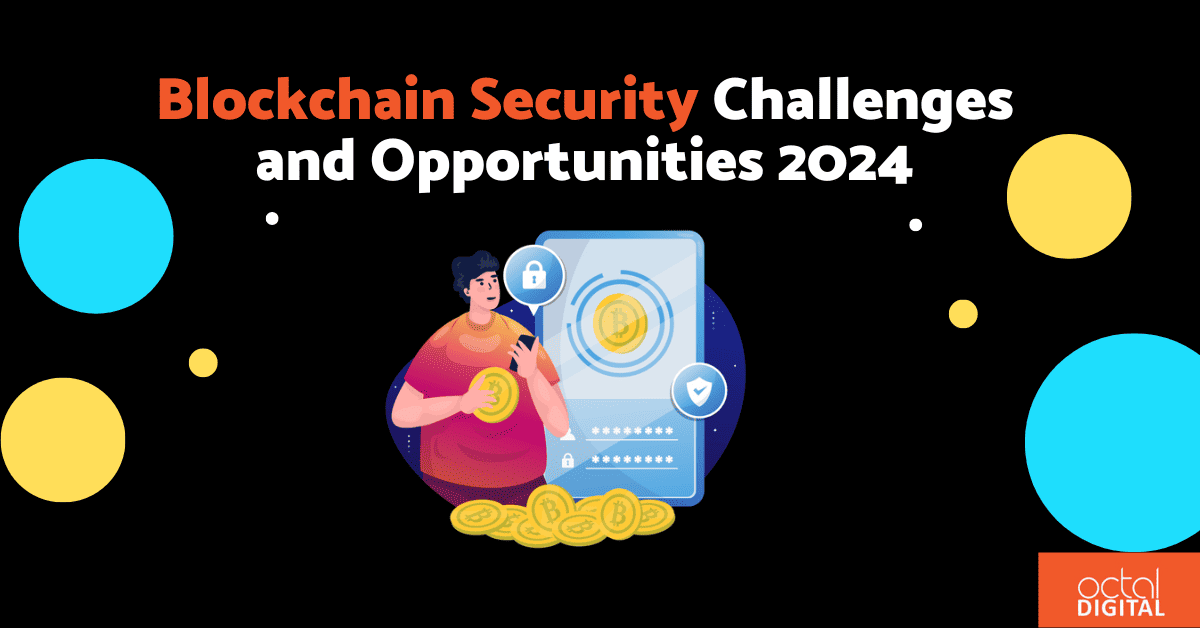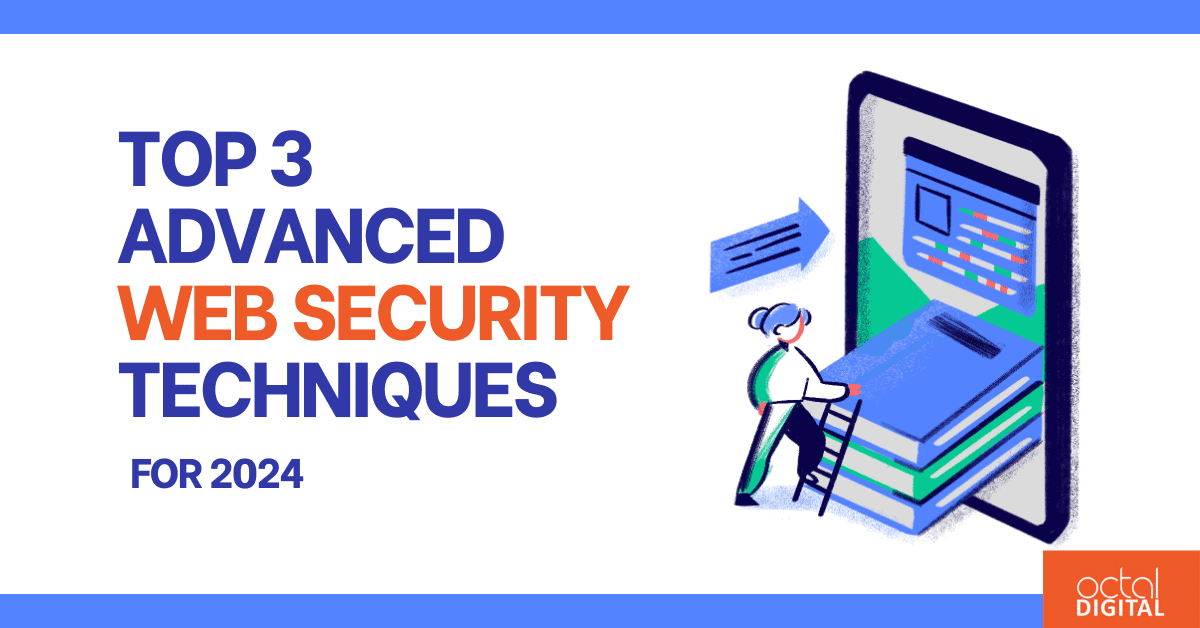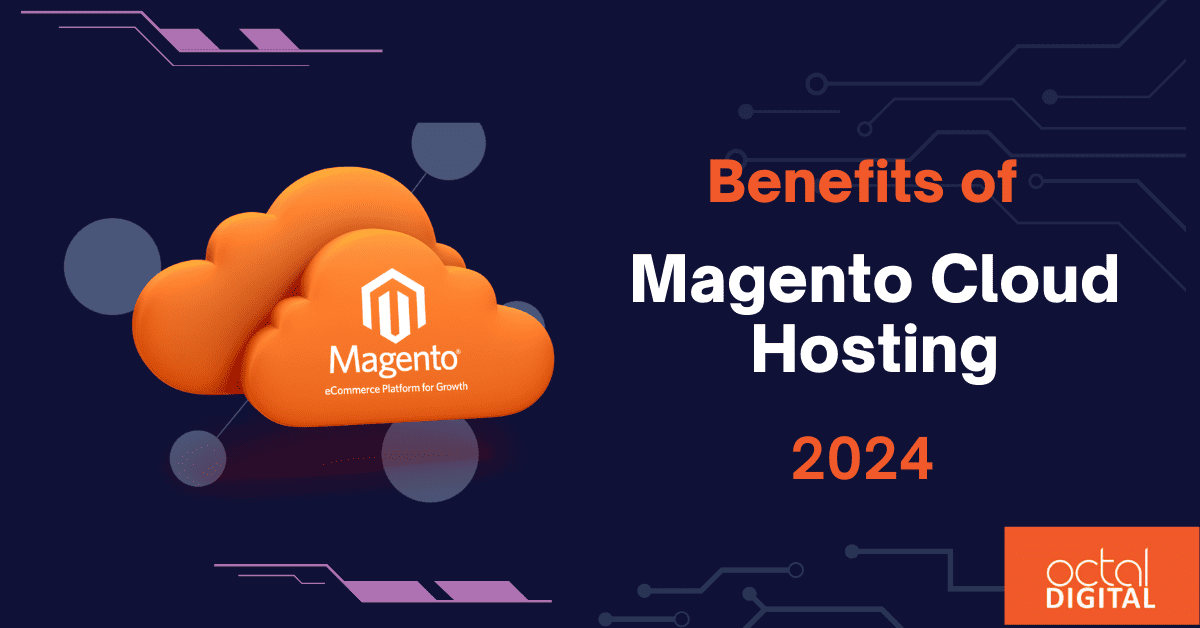Mobile apps have become increasingly crucial in the real estate sector. With more people relying on smartphones for various tasks, the real estate industry has adapted to this trend. Real estate mobile apps are now indispensable tools for property buyers, sellers, and real estate professionals. When it comes to real estate mobile app development, two key factors take center stage: cost and features. These factors determine the success of an app and its effectiveness in meeting user needs.
Developers and stakeholders need to pay close attention to these aspects to ensure the development process is both efficient and meets market demands.
The purpose of this blog is straightforward – to provide guidance. Whether you’re a developer or a stakeholder in real estate mobile app development, making informed decisions is crucial. We’ll cut through the noise and provide clear insights into the cost considerations and essential features that can make or break a real estate mobile app.
Key Features in Real Estate Mobile App Development
We will dive straight into the must-have features of a real estate mobile app.
A. User Authentication and Onboarding
Implementing Secure Login Methods:
- Ensure robust security measures are in place with advanced features like two-factor authentication (2FA) or biometric recognition, safeguarding user accounts from unauthorized access.
- Employ encryption protocols and secure channels to strengthen user data protection and privacy.
Streamlining Onboarding Processes for a Seamless User Experience:
- Simplify onboarding by designing an intuitive process that minimizes the number of steps required for user engagement.
- Optimize user data collection to strike a balance between acquiring essential information and maintaining a frictionless onboarding experience.
B. Property Listings
Advanced Search and Filtering Options:
- Develop a powerful search tool allowing users to filter properties based on a comprehensive set of criteria, including location, price range, amenities, and property type.
- Enhance the user experience by incorporating quick and accurate property searches, reducing the time it takes for users to find relevant listings.
Enhancing Listings with High-Quality Images and Detailed Information:
- Improve the visibility of property listings by ensuring high-resolution images that showcase key features and details.
- Streamline the decision-making process by providing detailed information, such as property specifications, nearby amenities, and any additional features that set the property apart.
C. Virtual Tours and 3D Views
Integration of Virtual Reality (VR) and Augmented Reality (AR):
- Immerse users in property exploration by seamlessly integrating VR and AR technologies into the app.
- Ensure a visually rich experience during virtual tours with smooth navigation, realistic rendering, and interactive elements for user engagement.
Elevating User Experience through Immersive Property Views:
- Prioritize smooth navigation of your real estate mobile app with intuitive controls to enhance the overall user experience during virtual tours.
- Provide a realistic preview of properties through immersive 3D views, allowing users to virtually walk through spaces and envision themselves in the property.
Read More: UI/UX Principles: Best Guide for 2024
D. Geolocation and Mapping
GPS Integration for Accurate Property Mapping:
- Utilize GPS technology to pinpoint precise property locations on maps, offering users accurate and reliable information on real estate mobile apps.
- Enhance user understanding of property surroundings by incorporating detailed mapping features that highlight nearby points of interest and amenities.
Leveraging Location-Based Services for Personalized Property Recommendations:
- Tailor property suggestions based on user location and preferences, providing a personalized and relevant property discovery experience.
- Implement machine learning algorithms to continuously refine and improve personalized recommendations over time.
E. Communication Features
In-App Messaging and Chat Functionality:
- Facilitate efficient communication between users and sellers with in-app messaging and chat functionality.
- Enhance user engagement by ensuring real-time communication, enabling users to make inquiries, negotiate details, and receive prompt responses.
Utilizing Push Notifications for Timely Property Updates and Alerts:
- Keep users informed with timely push notifications, delivering updates on new listings, price changes, and relevant property information.
- Increase user interaction by crafting notifications that are informative, engaging, and encourage users to revisit the app.
F. Financial Tools
Integration of Mortgage Calculators and Financial Planning Features:
- Empower users with comprehensive financial tools, including mortgage calculators, affordability assessments, and budget planning features.
- Provide users with the ability to make informed decisions about property affordability and financial planning, enhancing their overall experience.
Seamless Transactions through Payment Gateway Integration:
- Enable secure and seamless property transactions by integrating reliable payment gateways.
- Instill user confidence in the payment process by implementing secure payment protocols and transparent transaction procedures.
Read our latest Blog: Healthcare App Development: Innovating Patient Care 2024
G. Analytics and Reporting
Implementing User Behavior Analytics for Insights:
- Gain actionable insights into user interactions and preferences through advanced analytics tools.
- Track user engagement patterns, popular features, and navigation behaviors to inform strategic app enhancements.
Robust Reporting Tools for Developers and Administrators:
- Provide developers and administrators with comprehensive reporting tools for real-time monitoring of real estate mobile app performance.
- Monitor user engagement metrics, identify potential issues, and proactively address system health for continuous optimization.
At Octal Digital, we adhere to a philosophy that rejects shortcuts and prioritizes excellence in every aspect of the development process. Our commitment is reflected in the implementation of industry-leading best practices, ensuring that your real estate mobile app is not only secure but also scalable and performance-driven. Security is paramount, and we employ robust protocols and data encryption to safeguard sensitive user information. The scalability of our solutions is engineered to seamlessly adapt to future growth and changing market demands.
Cost Factors in Real Estate Mobile App Development
The cost of developing a real estate mobile app can fluctuate significantly, contingent upon factors such as features, complexity, platform selection (iOS, Android, or both), and the geographical location of the development team. A basic real estate app may start at approximately $20,000, while more advanced versions with added features can escalate to $100,000 or beyond.
A. Preliminary Planning and Analysis
Importance of Comprehensive Market Research:
- Conduct in-depth market research to identify target demographics, competitor offerings, and market trends.
- Analyze user preferences, pain points, and behaviors to inform feature prioritization and development decisions.
- Engage with potential users through surveys or feedback sessions to gather valuable insights.
Defining Clear Objectives and Features for the App:
- Clearly outline the real estate mobile app’s purpose, whether it’s for property search, virtual tours, or transaction facilitation.
- Prioritize features based on user needs and market demands, avoiding unnecessary functionalities.
- Develop a detailed project roadmap that outlines milestones and feature implementation timelines.
B. Development Costs
Hiring Developers and Technical Professionals:
- Consider the expertise and experience required for real estate app development, including backend, frontend, and mobile developers.
- Evaluate the option of hiring freelance developers, in-house teams, or outsourcing based on budget constraints and project scope.
- Factor in the cost of employee benefits, training, and any potential recruitment fees.
Selection of Appropriate Technology Stack:
- Choose a technology stack that aligns with your real estate mobile app’s scalability and performance requirements.
- Assess the licensing costs of frameworks, libraries, and tools.
- Consider the long-term maintenance and update costs associated with the selected technology stack.
Infrastructure and Hosting Considerations:
- Estimate server costs based on expected user traffic and data storage requirements.
- Explore cloud hosting options and their associated pricing models.
- Optimize server infrastructure for scalability to handle potential increases in user activity.
C. Design and User Interface Costs
Focus on UI/UX Design Principles:
- Invest in a user-centered design process to ensure a seamless and intuitive user experience.
- Conduct usability testing to gather feedback and identify areas for improvement.
- Collaborate with a skilled UI/UX designer to create wireframes, prototypes, and a visually appealing design.
Costs Associated with Graphics, Animations, and Branding:
- Allocate funds for high-quality graphics, animations, and branding elements that align with the app’s visual identity.
- Consider the cost of licensing or creating custom graphics and animations.
- Ensure branding elements are consistent across the app for a cohesive user experience.
D. Testing and Quality Assurance
The Crucial Role of Rigorous Testing:
- Allocate time and resources for various testing phases of your real estate mobile app, including unit testing, integration testing, and user acceptance testing.
- Implement testing methodologies like test-driven development (TDD) to catch issues early in the development process.
- Consider beta testing with a select group of users to gather real-world feedback before the official launch.
Tools and Resources for Effective Quality Assurance:
- Invest in testing tools that facilitate automated testing, reducing manual testing efforts.
- Train QA personnel on testing methodologies and tools to enhance efficiency.
- Establish a feedback loop between developers and testers for quick issue resolution.
Explore our collection of success stories and witness firsthand how we transform ideas into impactful digital experiences. At Octal Digital, our portfolio is not just a testament to our past achievements but a glimpse into the limitless possibilities we can bring to your future projects.
E. Post-Launch Maintenance for Real Estate Mobile App
Necessity of Regular Updates and Feature Enhancements:
- Plan for regular updates for your real estate mobile app to introduce new features, improvements, and security patches.
- Monitor user feedback and app analytics to identify areas for enhancement.
- Allocate resources for ongoing maintenance, including server updates, database optimizations, and security audits.
Budgeting for Ongoing Support and Bug Fixing:
- Establish a support team to address user inquiries and issues promptly.
- Consider offering in-app support features, such as chat or a help center, to assist users.
- Budget for bug fixing and allocate resources for addressing unforeseen challenges post-launch.
A well-thought-out development plan, careful consideration of technology choices, and a focus on user-centric design contribute to cost-effective real estate mobile app development. Regular evaluations and adjustments throughout the development lifecycle help manage costs efficiently and deliver a successful app.
At Octal Digital, our commitment to innovation is unwavering, and we consistently stay ahead of the curve by seamlessly incorporating the latest trends to amplify your real estate mobile app’s competitive edge. Augmented Reality (AR) takes center stage, providing users with virtual property tours that offer immersive and captivating experiences. Blockchain technology is seamlessly integrated to ensure secure and transparent property transactions, fostering trust and reliability. Additionally, we prioritize hyperlocal integration, leveraging local features and amenities to empower users with the information they need for well-informed decisions. This forward-thinking approach ensures that your app not only meets current expectations but also anticipates and embraces the evolving needs of users in the competitive landscape of real estate mobile app development.
Conclusion
In conclusion, the synergy between critical features and meticulous cost considerations forms the backbone of real estate mobile app development. The enumerated features, encompassing secure user authentication, immersive experiences, and efficient communication tools, collectively shape the app’s success. Simultaneously, the comprehensive exploration of costs throughout planning, development, design, testing, and continuous maintenance provides indispensable insights for both developers and stakeholders.
As technology continues to redefine the way we engage with real estate, staying attuned to these considerations ensures that the mobile app remains not just a tool but a dynamic and indispensable solution in the hands of property buyers, sellers, and real estate professionals. Thus, a successful real estate mobile app is not merely a product of code and design but a harmonious fusion of user needs and cost-effective development strategies.
FAQs
-
What are the key security measures implemented for user authentication in the real estate mobile app?
Understanding the security protocols, such as two-factor authentication (2FA) and biometric recognition, ensures the protection of user data and builds trust among app users.
-
How does the real estate mobile app utilize advanced search and filtering options to enhance the property search experience?
Exploring the capabilities of the app’s search functionality provides insights into how users can efficiently filter properties based on specific criteria, contributing to a seamless user experience.
-
What immersive features, such as virtual reality (VR) and augmented reality (AR), are integrated to enhance property exploration?
Gaining knowledge about the inclusion of VR and AR features helps assess the level of immersion users experience during property tours, influencing their engagement and decision-making process.
-
How is user behavior analyzed for real estate mobile app, and what reporting tools are available to developers and administrators for continuous improvement?
Understanding the analytics and reporting capabilities of the app sheds light on how developers can gather insights into user interactions and performance metrics, facilitating ongoing enhancements and optimizations. Implement analytics tools and collect data on which feature gets more clicks than others and how you can implement the same logic and design in other features of your real estate mobile app.
